The two must see rooms are the Great Hall (seen above) and the Church. Walking into the empty Great Hall was amazing. The ornate decorations cover the walls and ceiling making it an impressive sight to behold.
Frederiksborg Castle or Slot is located a short transit ride outside of Copenhagen. It was built as a royal residence for King Christian IV between 1602 and 1620. The current castle replaced one built by King Frederick II and some parts of the castle still date back to that building (built as early as 1560). Since the death of Christian IV, the castle was mainly used for ceremonial events such as coronations and many Danish kings and queens were crowned here. The castle now houses the Museum of National History.
The two must see rooms are the Great Hall (seen above) and the Church. Walking into the empty Great Hall was amazing. The ornate decorations cover the walls and ceiling making it an impressive sight to behold.
1 Comment
The Kaiser-Wilhelm-Gedächtniskirche is known in Berlin as the bombed church. It was originally built between 1891 and 1895 by Kaiser Wilhelm II as a symbol of Prussian unity. It was bombed during a World War II raid in November of 1943 by the Allies and only the west tower was still standing. Local opposition saved the church from being demolished in 1950 and a new octagonal church was built in 1961 (you can see it in the foreground on the right of this picture). The building behind the remaining section of the old church is a hexagonal bell tower and it stands where the main nave used to be. The old church has now been turned into a Memorial hall, featuring photos from before and after the bombing and original objects that survived. On my trip to the southwestern United States we stopped here at Monument Valley. Its located on the border between Utah and Arizona and is part of the Colorado Plateau. Pictures of this place are used everywhere (including on Led Zeppelin videos). In honour of Canada Day I thought I'd post some pictures from my home country of Canada. These two shots were taken at Peggy's Cove in Nova Scotia, Canada. Its located near the capital of Nova Scotia, Halifax and is one of the most popular tourist destinations in the province (these pictures were just barely taken before the throngs of people emerged from the tour buses at like 8 in the morning). This is the inside of the basilica, Notre-Dame de la Garde. It is located on the highest point in Marseille, France. Based on my experience here, it's also the windiest point in the city. To get to this area of the church you not only have to climb (or drive if you are lucky enough to have a car) the hill but you also have to continue up to the upper level of the church. Getting there also involves a short section outside between the cafes and tourist area and the actual basilica. When I was here the wind was so strong that not holding onto the hand rails outside meant you would be blown off the top of the church. During my trip to Alaska we took a short float plane flight outside the city of Ketchikan to this river. The bears frequent it during the late summer because of all the salmon swimming up the stream. There were so many bears around in fact, that our guide was carrying a gun. Nope, I'm not kidding. :P A little frightening but still worth it to watch the bears feeding. During the hour or so that we were there, about five different bears came out to eat in the river. The Louvre is probably the most popular museum in Paris, France. Surprisingly the area was pretty deserted when this picture was taken though. We returned the following night for free Friday night for people under the age of 26. The line out front of the pyramid was huge. Apparently every person in Paris brings there children in on free Friday nights. The Roman Baths in England are one of the most popular attractions around. Even though we visited during the off season the Baths were still filled with tourists. The museum is quite extensive and the audio guide is great as well! Hello and welcome! |
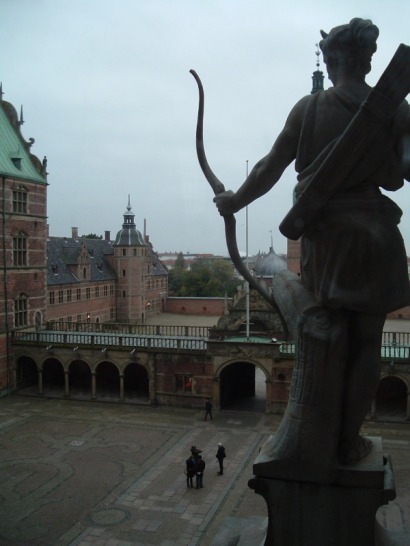
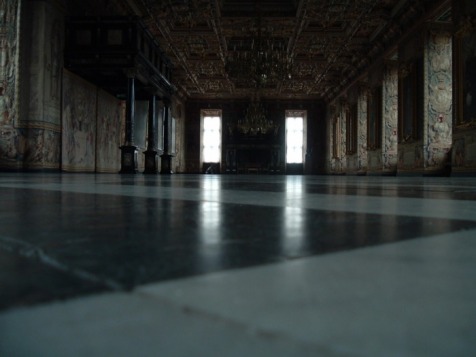
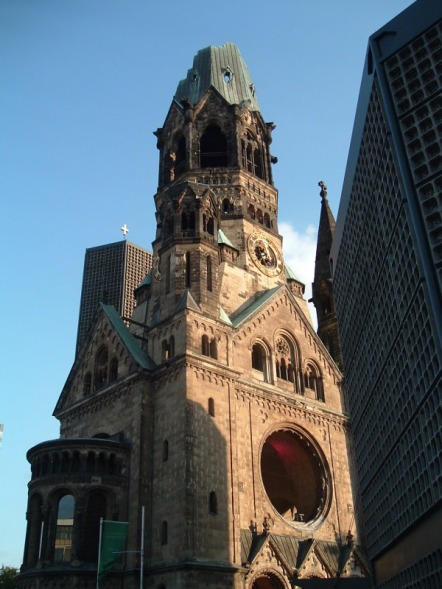
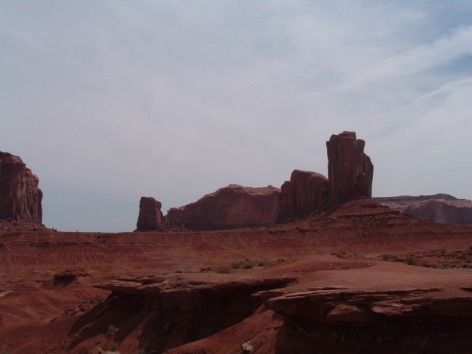
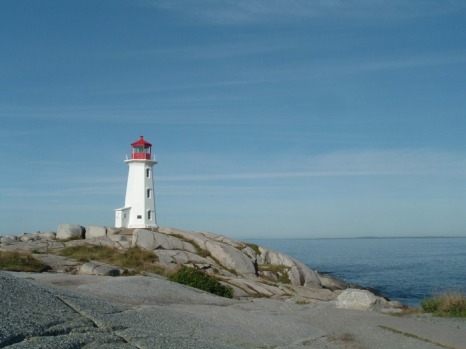
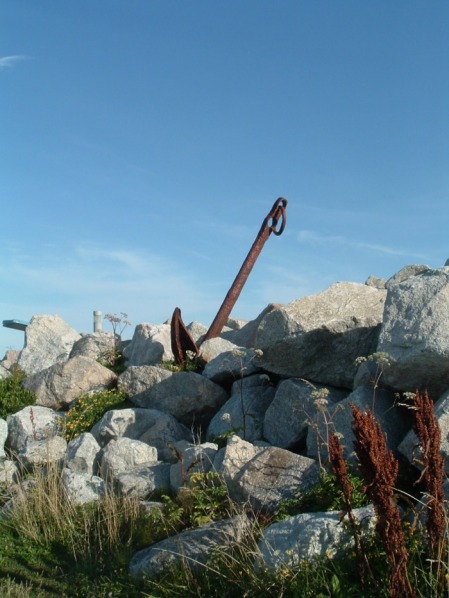
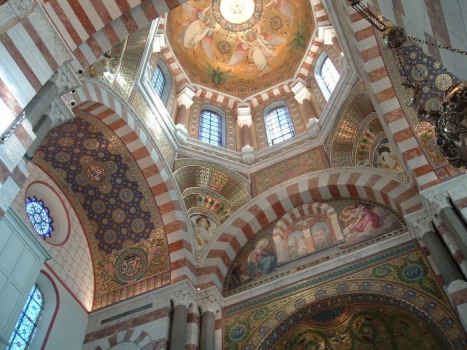
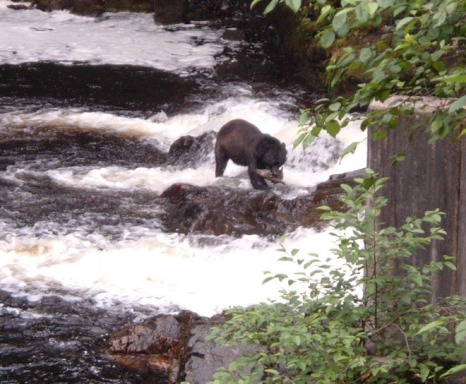
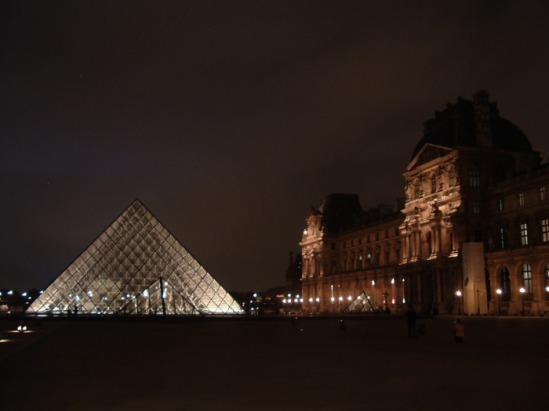
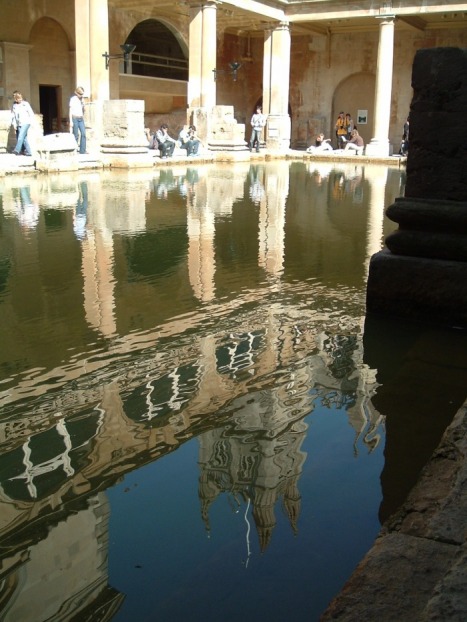
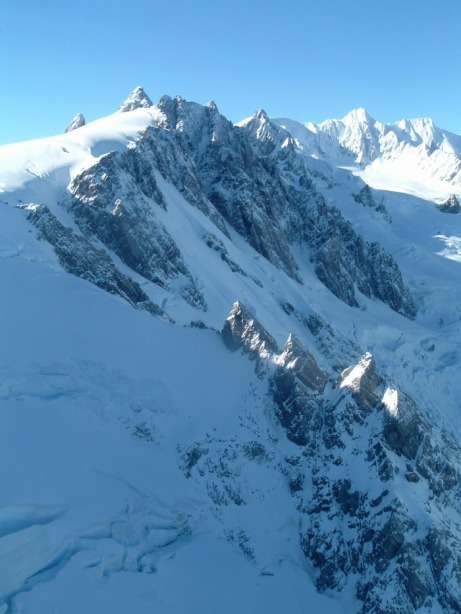
 RSS Feed
RSS Feed
